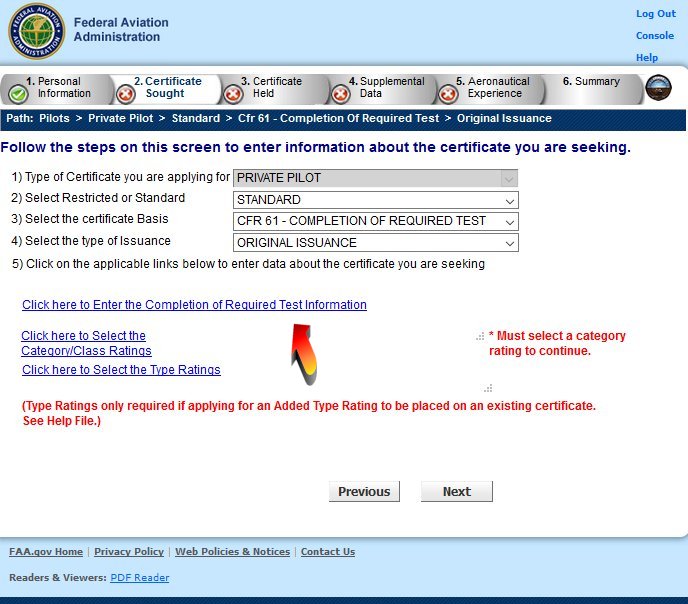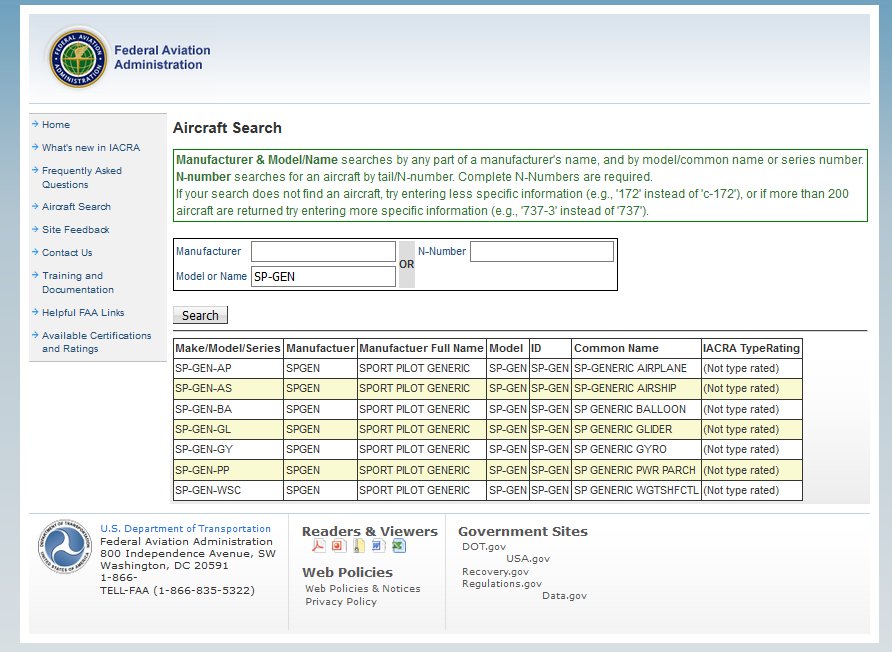Determining how much it costs to buy, own, and operate an aircraft isn’t just about the initial purchase price. There is much more to consider, including things like maintenance, hangar costs, insurance costs, any loan costs you may have, or anything that breaks and needs to be fixed on the aircraft. This doesn’t even take into consideration general wear and tear on items, reserves for components that will need to be replaced over time, or the cost of fuel to fly. These other costs are things that many buyers forget, and it costs them later. In addition to actual dollars cost, it can also lead to less flying or even an unsustainable aviation future.
It is easy to get excited when we find an aircraft our budget will allow us to purchase, but before you take the leap and write a check, transfer the funds, or get a loan, you should take the time to carefully consider what the real operating expenses of the aircraft will be and if they are justifiable and logical. Continue reading


